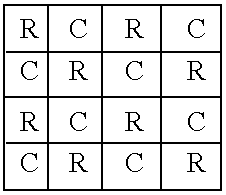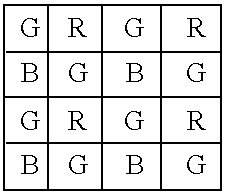Image processing system to control vehicle headlamps or other vehicle equipment
a technology for processing systems and headlamps, applied in the field of image processing systems, can solve the problems of increasing pin counts, limiting resolution, and using this amount of image memory, and achieve the effect of reducing cost and complexity of the image processing system
- Summary
- Abstract
- Description
- Claims
- Application Information
AI Technical Summary
Benefits of technology
Problems solved by technology
Method used
Image
Examples
Embodiment Construction
[0027] Referring to FIG. 1, the image processing system 100 of the present invention includes at least one image array sensor 101. The image array sensor may be of a variety of types such as a CMOS active pixel sensor, a Charge Coupled Device (CCD), or any other type of electronic image sensor capable of sensing light in the visible, UV, near-IR or far-IR spectral bands. The image sensor 101 contains an array of pixels 102 onto which an image of a scene is formed by a lens. The pixels are exposed to light over for a predetermined exposure time after which a voltage signal is present on the pixel indicative of the amount of light received. This voltage is then quantitized by the A / D converter 103 resulting in a digital grayscale value indicative of the amount of light received on the pixel. AID converters for this purpose typically quantize the pixel signals into 256 levels or 8 bits. However, different bit depths are frequently used and applicable to the present invention. Timing an...
PUM
 Login to View More
Login to View More Abstract
Description
Claims
Application Information
 Login to View More
Login to View More - R&D
- Intellectual Property
- Life Sciences
- Materials
- Tech Scout
- Unparalleled Data Quality
- Higher Quality Content
- 60% Fewer Hallucinations
Browse by: Latest US Patents, China's latest patents, Technical Efficacy Thesaurus, Application Domain, Technology Topic, Popular Technical Reports.
© 2025 PatSnap. All rights reserved.Legal|Privacy policy|Modern Slavery Act Transparency Statement|Sitemap|About US| Contact US: help@patsnap.com



